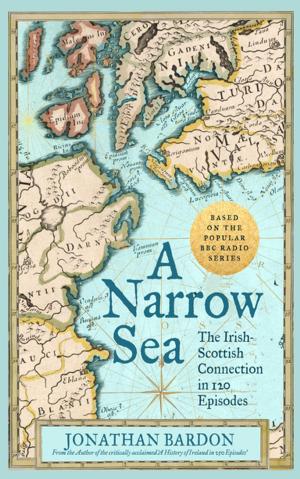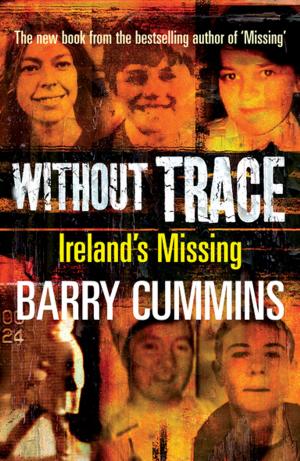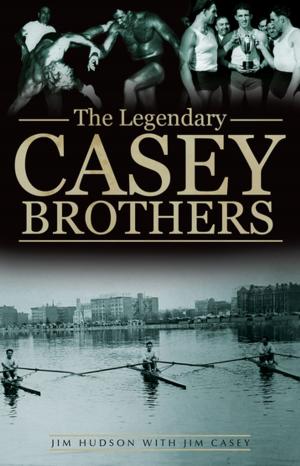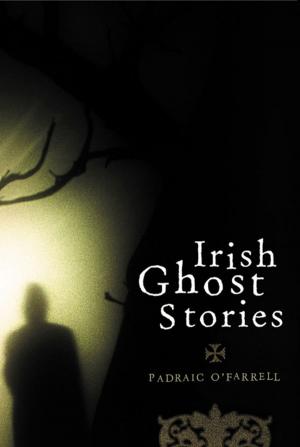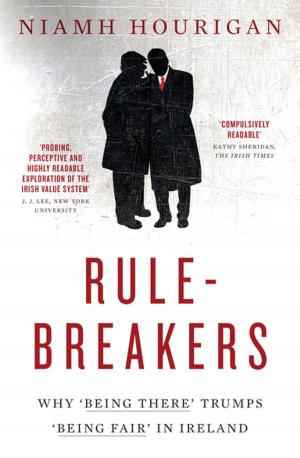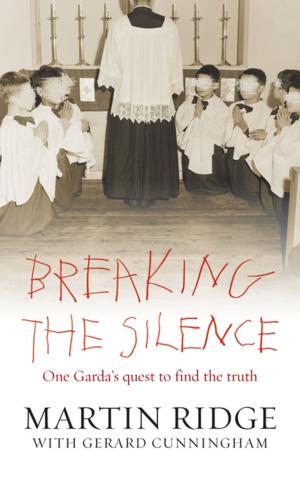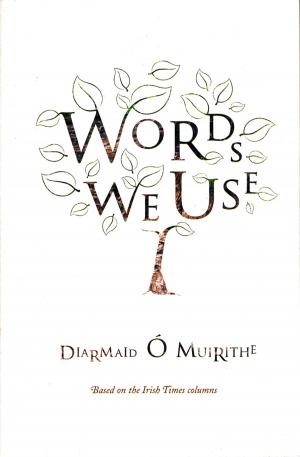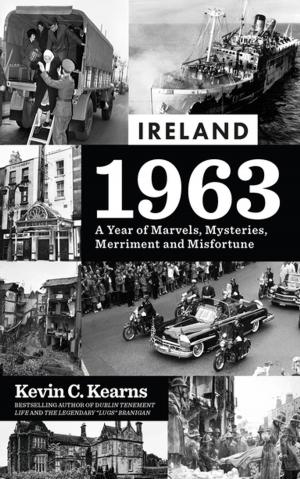Eliza Lynch
Queen of Paraguay
Nonfiction, History, Modern, 19th Century, Biography & Memoir, Historical| Author: | Michael Lillis, Ronan Fanning | ISBN: | 9780717162796 |
| Publisher: | Gill Books | Publication: | September 11, 2009 |
| Imprint: | Gill Books | Language: | English |
| Author: | Michael Lillis, Ronan Fanning |
| ISBN: | 9780717162796 |
| Publisher: | Gill Books |
| Publication: | September 11, 2009 |
| Imprint: | Gill Books |
| Language: | English |
Escaping a desperate marriage at the age of 20, Eliza Lynch fled Ireland to Paris where her extraordinary beauty and intelligence won the attention of the soon-to-be dictator of Paraguay, Francisco Solano López.
Although the couple never married, Eliza bore him seven children and was seen as the queen of Paraguay, adored by the public and admired for her glamour and sophistication. But Eliza and Francisco’s love was damned with the outbreak of the infamous War of the Triple Alliance (1864–70), the bloodiest in South America’s history.
This is a unique love story, chronicling a romance that endured a desperate turn of fortunes, taking them from a life of royalty to a life on the run, and culminating with the now iconic image of Lynch burying both López and their eldest son in a shallow grave with her bare hands after they had been killed by Brazilian troops.
Dubbed The Irish Evita, Eliza Lynch (born in Charleville, County Cork) was the most famous woman in all of South America in the nineteenth century. Her reputation was destroyed by the opposition in the wake of the War of the Triple Alliance; but in this story of wealth, war, love, loyalty, loss and, above all, survival, Eliza is revealed as a woman who showed extraordinary courage in the face a series of unspeakable horrors.
The authors have discovered the truth about Eliza’s Irish origins and the cruel deception of her marriage at the age of sixteen to a duplicitous French Army officer. They reconstruct the systematic invention of her image as a prostitute around her first meeting with Solano López in Paris in 1854.
Eliza Lynch was a courageous woman who was adored by the ordinary women of Paraguay and who tried to help many victims of an appalling war. The paranoid López, on discovering that his family and colleagues had been conspiring against him, trusted only Eliza and their relationship became a love story of the damned. The book reveals why the Emperor of Brazil, against the advice of his generals, pursued López to his death in 1870; Eliza buried him and their eldest son in the jungle with her bare hands.
Eliza defied her enemies in a pamphlet she published in 1875 – here translated for the first time – when she returned to face her enemies in Paraguay. The authors’ exclusive access to the unpublished journals of Eliza’s daughter-in-law shows how scurrilous writers in South America, Britain and the US finally broke her spirit and how she died a ‘burnt-out case’ in Paris in 1886. In 1961 a later dictator, General Stroessner, declared her the national heroine of Paraguay.
This book restores her to her rightful place among the most remarkable and brave women in modern history.
Now a subject of a new Irish documentary by Alan Gilsenan, the film that helps rescue one of the great Irish lives of the 19th century from obscurity while opening a fascinating window onto what is perhaps South America’s least-known country and the apocalyptic conflagration that still haunts its society.
Escaping a desperate marriage at the age of 20, Eliza Lynch fled Ireland to Paris where her extraordinary beauty and intelligence won the attention of the soon-to-be dictator of Paraguay, Francisco Solano López.
Although the couple never married, Eliza bore him seven children and was seen as the queen of Paraguay, adored by the public and admired for her glamour and sophistication. But Eliza and Francisco’s love was damned with the outbreak of the infamous War of the Triple Alliance (1864–70), the bloodiest in South America’s history.
This is a unique love story, chronicling a romance that endured a desperate turn of fortunes, taking them from a life of royalty to a life on the run, and culminating with the now iconic image of Lynch burying both López and their eldest son in a shallow grave with her bare hands after they had been killed by Brazilian troops.
Dubbed The Irish Evita, Eliza Lynch (born in Charleville, County Cork) was the most famous woman in all of South America in the nineteenth century. Her reputation was destroyed by the opposition in the wake of the War of the Triple Alliance; but in this story of wealth, war, love, loyalty, loss and, above all, survival, Eliza is revealed as a woman who showed extraordinary courage in the face a series of unspeakable horrors.
The authors have discovered the truth about Eliza’s Irish origins and the cruel deception of her marriage at the age of sixteen to a duplicitous French Army officer. They reconstruct the systematic invention of her image as a prostitute around her first meeting with Solano López in Paris in 1854.
Eliza Lynch was a courageous woman who was adored by the ordinary women of Paraguay and who tried to help many victims of an appalling war. The paranoid López, on discovering that his family and colleagues had been conspiring against him, trusted only Eliza and their relationship became a love story of the damned. The book reveals why the Emperor of Brazil, against the advice of his generals, pursued López to his death in 1870; Eliza buried him and their eldest son in the jungle with her bare hands.
Eliza defied her enemies in a pamphlet she published in 1875 – here translated for the first time – when she returned to face her enemies in Paraguay. The authors’ exclusive access to the unpublished journals of Eliza’s daughter-in-law shows how scurrilous writers in South America, Britain and the US finally broke her spirit and how she died a ‘burnt-out case’ in Paris in 1886. In 1961 a later dictator, General Stroessner, declared her the national heroine of Paraguay.
This book restores her to her rightful place among the most remarkable and brave women in modern history.
Now a subject of a new Irish documentary by Alan Gilsenan, the film that helps rescue one of the great Irish lives of the 19th century from obscurity while opening a fascinating window onto what is perhaps South America’s least-known country and the apocalyptic conflagration that still haunts its society.



